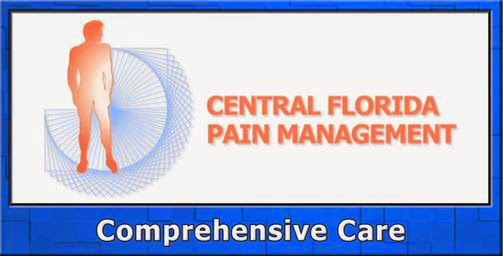Why a “plan of care”
FIRST DO NO HARM
After an appropriate evaluation, diagnostic studies and
assessment, providers present their patients with a plan of care. Plans of care
should be based on the patient’s “needs” not “wants”. The current scientific
knowledge, training and experience of the provider will govern the best plan
for that particular patient. Some plans are very clear cut and based
exclusively on science and findings such as surgically removing the appendix on
a patient with appendicitis. Others are more complex and hard to be universally
accepted and subject to many opinions by the patient, the provider, the family
and even sometimes the insurance companies.
Unfortunately pain management plans of care are more like the
latter. Subject to controversy and debate by many.
Those who are trained and boarded as subspecialists in pain
management, try very hard to deliver a plan of care that is within the current
science and acceptable pain practice. Experience and training play a very
important role in the development of a scientific good treatment plan. However
we constantly face challenges because of the different “opinions” that some
patients and some providers have. They go from one extreme to another, nothing
more controversial than pain drugs.
A good, scientific plan of care must
a)
establish medical necessity.
b)
prescribe appropriate medications for the
medical condition.
c)
obtain diagnostic tests that are needed
d)
prescribe any procedure or intervention needed
e)
refer in consultation for other services that
might benefit the patient.
f)
provide follow up care and future support.
Most of all we must follow the accepted reasoning of FIRST
DO NO HARM when we develop a scientific plan of care.
Cesar A. Euribe, M.D.
Cesar A. Euribe, M.D.

No comments:
Post a Comment